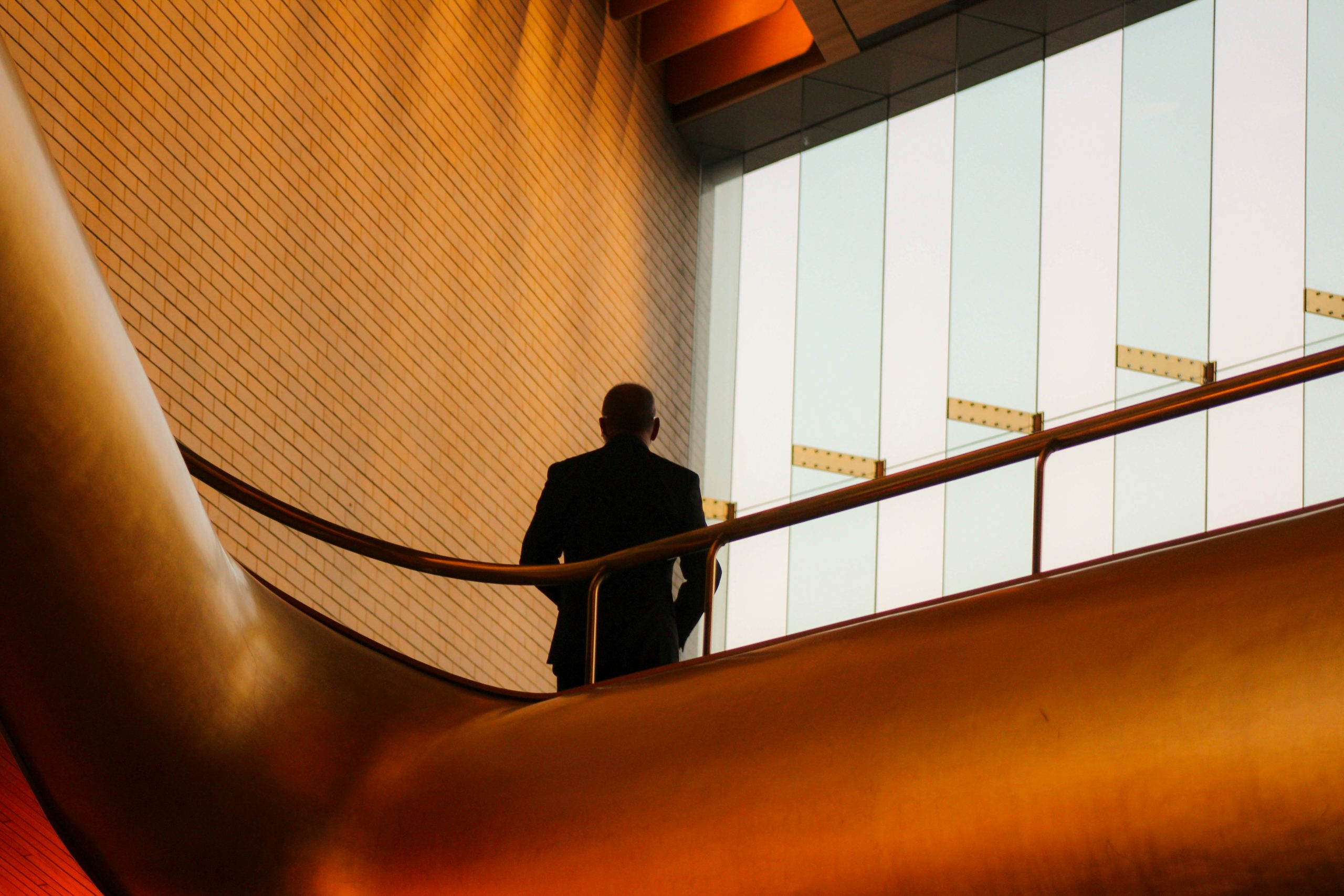Over the past few years, we have seen the role of sustainability in commercial units as well as in business choices rise to be one of the most important factors in how businesses are run and perceived. As knowledge and understanding improve, as well as the technology available to us to ensure that commercial unit constructors and landlords are creating the most sustainable commercial units possible.
Although there seems to be a growing undercurrent of people turning against green initiatives, the UK government regulations are still based on reaching the goal of net zero, and being ‘green’ is still considered to be a positive by the British public. Being seen to do the ‘right thing’ is increasingly important for businesses and ensuring that their commercial units are as sustainable as possible is a great place to start.
In this article, we are going to look at some of the aspects of sustainability for businesses and, in particular, commercial units that are likely to be at or near the forefront in 2025.
Verification and Certification
One of the most important things that commercial unit constructors and landlords should do if they have gone the extra mile to make the property as sustainable as possible, is to tell people about it. It is not only useful for finding tenants and earning the best rent possible but also important for business tenants to be able to promote the fact that they are using a more sustainable commercial unit than their rivals.
When it comes to sustainable verification and certification, there are many different certifications to consider. Try doing your research into which ones are most suited to you as a landlord – as well as to your (current or potential) tenants.
Any commercial unit that is being sold or rented to businesses will need to have an up-to-date EPC certificate, but there are also others that can give more detail to whoever needs them. There are several different certifications available relating to sustainability, so it is useful to check which one/s is/are most applicable to you and the commercial unit.
Some of the certification companies include:
• BREEAM – internationally accredited, measures general sustainability including water and energy efficiency, building type, its impact on the circular economy, and biodiversity.
• LEED – originally a US accreditation but now recognised in many places around the world, looking at the lifecycle of the building, its impact on the environment as well as the availability of healthy spaces, the restoration of nature, and biodiversity.
• NABERS UK – originating in Australia, NABERS UK looks at the building from the initiation of the design stage (the Design for Performance standard) until its use as a commercial office (Energy for Offices standard). It focuses on the unit’s energy efficiency throughout and after the design and construction process.
Net Zero
As we head closer to the net zero goals that the UK is signed up to, pressure is stepping up on businesses – especially their directors and managers to ensure that they are doing what is necessary to get their businesses to the required ‘green’ levels.
For businesses, the net zero target should be concreted into its business strategy and the short and long-term running of the business. It should be considered in every decision that is made – from the rental of a commercial unit to the finished product that you are selling, as well as the way that the business deals with its waste, and how it looks after its employees.
There are many different ways that businesses can build towards the net zero targets, including opting for the most energy-efficient commercial unit, recycling industrial waste, reducing the amount of flying that employees carry out, or, as a last resort, carbon offsetting.
Sustainable Materials
For constructors who are building new or retrofitting old commercial units, or businesses or landlords that are decorating, there are growing trends in sustainable materials. Of course, the kind of materials that are used will depend considerably on what the use of the building will be.
Some of the most common sustainable materials that are becoming increasingly popular include:
• Steel – strong and durable, whilst easy to get hold of – both recycled and also can be recycled once finished with. Steel-framed buildings provide large spaces without the need for extra pillars or posts, can withstand a certain degree of ‘impact’, and is able to withstand harsh weather conditions. It is ideal for all kinds of commercial units including warehouses and workshops.
• Carbon Capture Concrete – strong, but not traditionally always very eco-friendly, concrete that has been adapted for carbon capture gives the same aesthetic without the same environmental impact.
• Terracotta – natural, aesthetically pleasing, economical, and low-maintenance whilst adding warmth and character to floors and walls.
• Bamboo – strong, versatile, insulating, and characterful, bamboo is becoming increasingly popular, especially in the interior decoration of retail units or offices.
• Mixed metals – strong and visually appealing, metals such as bronze, nickel, and brass can be mixed to create interesting wall designs as well as using scraps that could otherwise be disposed of.
• Wood – one of, if not, the most classic of sustainable materials, wood looks great, is strong, and can be recycled. Reclaimed wood is a common material that is used, but although it looks good, it is important to remember that it can lose its strength through factors such as air humidity, temperature, and woodworm.
Whether it is to construct a commercial unit or decorate a retail unit, there are plenty of more sustainable options that not only satisfy the structural necessities but also look modern and stylish.
Here at Boxpod, we have a wide range of different commercial units for a range of different businesses. If you are looking for your business’s next home, or you are a landlord looking for new tenants, take a look at our website and see if we can find you your perfect match.

